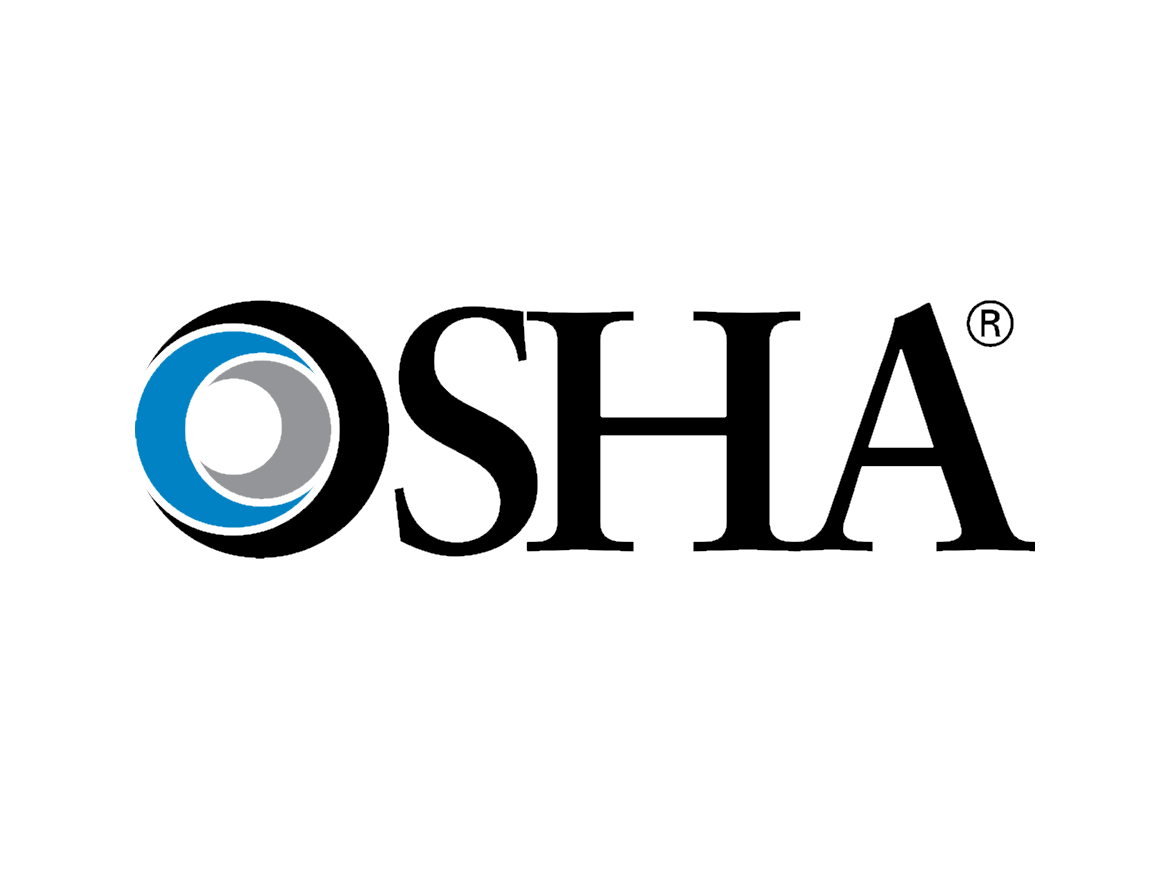OSHA Guidelines on Reporting COVID-19 Illnesses and Injuries

In response to the rapidly evolving COVID-19 pandemic, the Occupational Safety and Health Administration (OSHA) has released guidance addressing specific standards that may be applicable when dealing with the current crisis.

Among the addressed standards are ones related to reporting and recording illnesses and injuries. An important aspect of the guidance is that any cases of the COVID-19 virus could require recording or reporting to OSHA if it satisfies the other recording criteria required by the standard. The obligations to record and report apply to many construction-related businesses that have maintained more than 10 employees over the past year.
Normally, those employers are required to record certain injuries on their regular OSHA 300 logs and 301 Incident Reports. In addition to recording injuries on their logs, in certain cases, employers must report injuries and illnesses directly to OSHA, which can often result in the opening of an inspection. Since OSHA has determined that COVID-19 may fall into these standards, employers should re-familiarize themselves with the specifics of those rules to avoid a possible OSHA citation for failure to record or report.
The OSHA standard contained in 29 CFR 1904.4 provides the basic requirements for recording an injury or illness on an employer’s 300 Logs and 301 Incident Reports. Under that standard, employers must record injuries or illnesses that are:
- Work-related
- New cases
- Result in death, days away from work, work restriction or transfer of duties, medical treatment beyond first aid, loss of consciousness or a diagnosis from a physician as a serious illness even if such illness does not result in any of the above.
Under the law, OSHA has the power to request copies of the required logs and the employer must produce copies within four business hours of the request. This allows OSHA to inspect the records, complete or incomplete, on short notice to the employer. Failure to record these types of injuries and illnesses in the required logs can result in the employer being issued an OSHA citation. To assist with interpretation, the standards provide definitions of the terms “work-related” and “new case.”
29 CFR 1904.5(b)(2) contains a list of several conditions that are typically excluded from the definition of “work-related.” Interestingly, included in the list of excluded conditions is “the common cold or flu.” That exclusion makes OSHA’s recent guidance that COVID-19 can be recordable a bit counterintuitive. Nevertheless, if a case of COVID-19 can be classified as “work-related” and a “new case” under the standard, it appears that OSHA expects the case to be added to the employer’s OSHA logs.
In addition to the recording requirements, COVID-19 may result in an injury or illness that must be reported to OSHA directly by telephone within a certain time after infection. According to 29 CFR 1904.39, the fatality of an employee must be reported to OSHA within eight hours and an in-patient hospitalization, amputation or loss of eye must be reported to OSHA within 24 hours. These timeframes apply regardless of the day of the week on which the injury or illness occurs. Similar to the recording rules discussed above, the reporting requirement applies to work-related injuries or illness. Though amputation and loss of an eye are not normally associated with the COVID-19 virus, in-patient hospitalization is a possible result. Employers should keep track of any hospitalization related to employees who may have gotten sick at work or while performing work duties offsite.
The primary take-away from the OSHA guidance is that a work-related infection of COVID-19 should be added to all OSHA 300 logs and reported directly to OSHA if it fits the above criteria. Additionally, employers should ensure they are aware of any work-related exposure to the COVID-19 virus. Whether an infection is considered work-related may be unclear. If you have discovered an employee is infected with COVID-19, consult with an attorney or safety consultant who is familiar with these rules to determine if the infection must be recorded or reported to OSHA.
Disclaimer: The information contained in this article is for general educational information only. This information does not constitute legal advice, is not intended to constitute legal advice, nor should it be relied upon as legal advice for your specific factual pattern or situation.
Looking for a reprint of this article?
From high-res PDFs to custom plaques, order your copy today!





